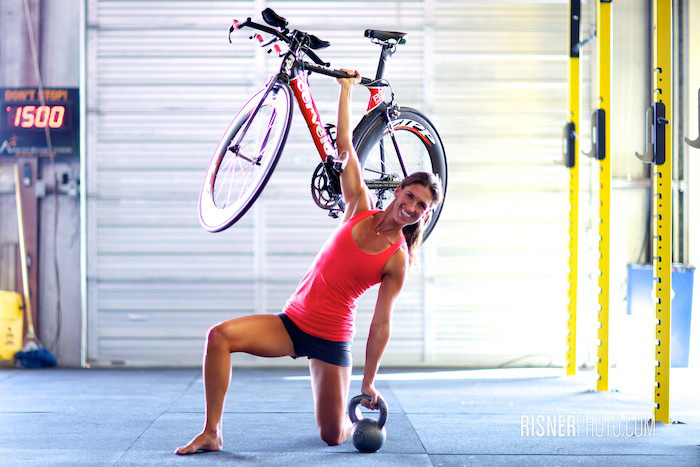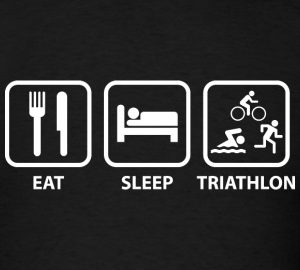Strength training – we should LOVE it. It is, after all, away from the Melbourne winter chill that numbs every part of your body, and makes you question whether you should sell your soul in exchange for a summer house on the Amalfi coast. Yet, many of us (myself included) make terrible excuses to justify doing anything and everything BUT strength training. So, I’ve taken the liberty of compiling a list of possible reasons to explain this unruly behaviour:
- You’re an insane triathlete who would rather tackle Melbourne winter than train inside a warm, dry and sheltered environment,
- You’re addicted to swimming, cycling and/or running and the thought of replacing one of those sessions with a strength set sends your brain into a spiral,
- You don’t REALLY understand how and why it benefits our performance,
- Fear of the unknown… is someone judging the way I squat?
- You’re worried about putting on too much muscle/weight and any negative consequences this may have on performance.
And my responses, accordingly:
- You’re doing triathlons. You get up at 5am for fun. You’re definitely insane.
- Great news – strength training will help prevent injuries to make sure you don’t miss any swim/bike/run sets! (Please read Sport Snippet #4).
- Keep reading…
- This is what coaches are for… come and ask us J
- Not possible, you do too much aerobic training to look anything like Van Diesel (sorry).
Okay, let’s get back to point 3.
The relationship between strength training and performance.
It is now well established that concurrent training, AKA combined strength and aerobic training, can increase endurance performance beyond that achieved by endurance training alone. Data obtained in well trained male and female endurance athletes has demonstrated increased time to exhaustion following a heavy-resistance strength training regime in addition to normal endurance training.1 Similar results were reported for long-term endurance performance where improved 5km running time was observed when about 30% of well-trained runners normal training program was replaced with explosive strength-type training.2
One of the likely candidates for these improvements in our endurance capacity are type IIA muscle fibres. These bad boys are seriously important towards the end of a race, and following strength training often increase in proportion. Not only do type IIA muscle fibres experience less fatigue, they can produce higher contractile power.3 To put it simply, if you’re on a bike you reduce the amount of muscle fibre exhaustion at a given power output (Watts). This means an effort that previously felt quite difficult, may begin to feel a little easier.
It is worth noting that there are MANY benefits to strength training, and the ones mentioned above are simply the tip of the iceberg. I’ll leave you with this final message: Concurrent training leads to improvements in our endurance capacity, and as a result this prolongs our time to exhaustion. For many, now is the perfect time to start adding some strength training to your program. So next time you’re thinking about braving the cold for an endurance session, think about jumping in the squat rack for some great performance benefits instead.
* Given the wealth of research in this area, and because all good reads are series (i.e. Harry Potter), this strength segment will be a three-part Sports Snippet series. So please, if you have any burning questions, shoot me a message: @coachfrankie
References:
- Hickson RC, Dvorak BA, Gorostiaga, EM, Kurowski TT, Foster C. Potential for strength and endurance training to amplify endurance performance. J Appl Physiol 1988: 65: 2285–2290.
- Paavolainen L, HaÅN kkinen K, HaÅNmaÅN I, Nummela A, Rusko H. Explosive strength training improves 5-km running time by improving running economy and muscle power. J Appl Physiol 1999: 86: 1527–1533.
- Aagaard P, Andersen JL, Bennekou M, Larsson B, Olesen J, Crameri R,Magnusson SP, Kj.r M. Effects of resistance training on endurance capacity, muscle morphology and fiber type composition in young top-level cyclists. Scand J Med Sci Sports 2011








